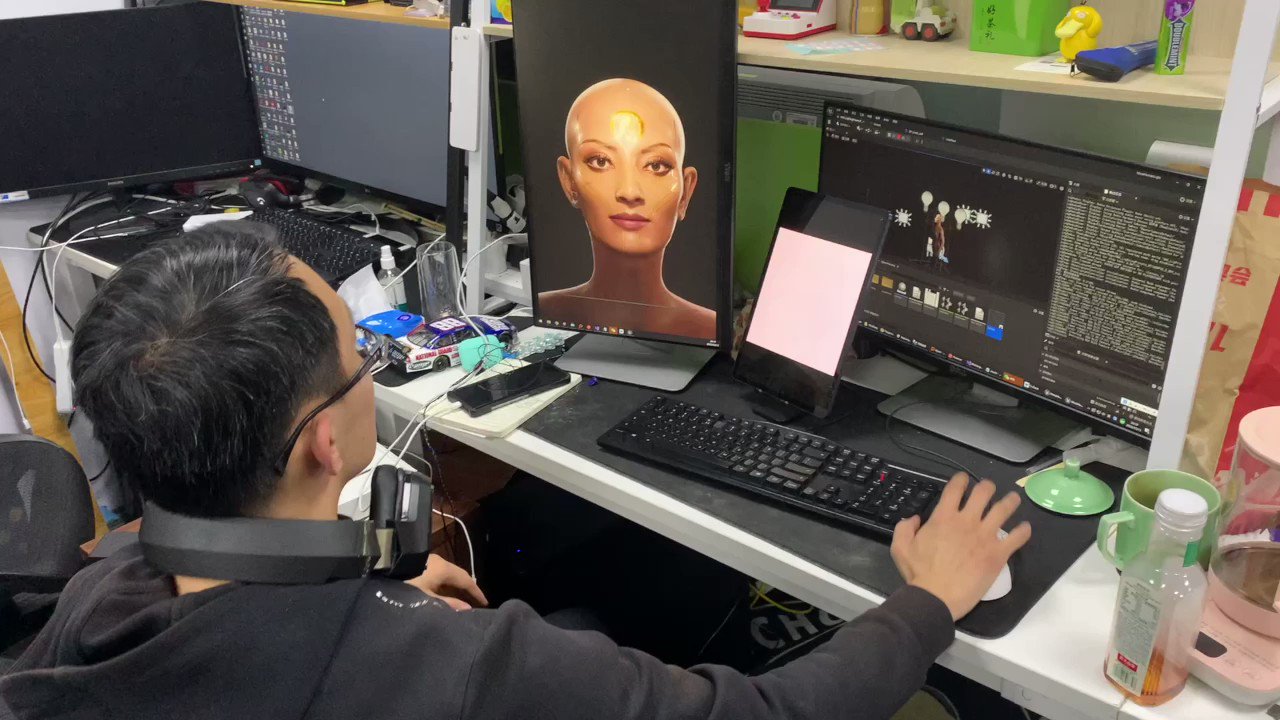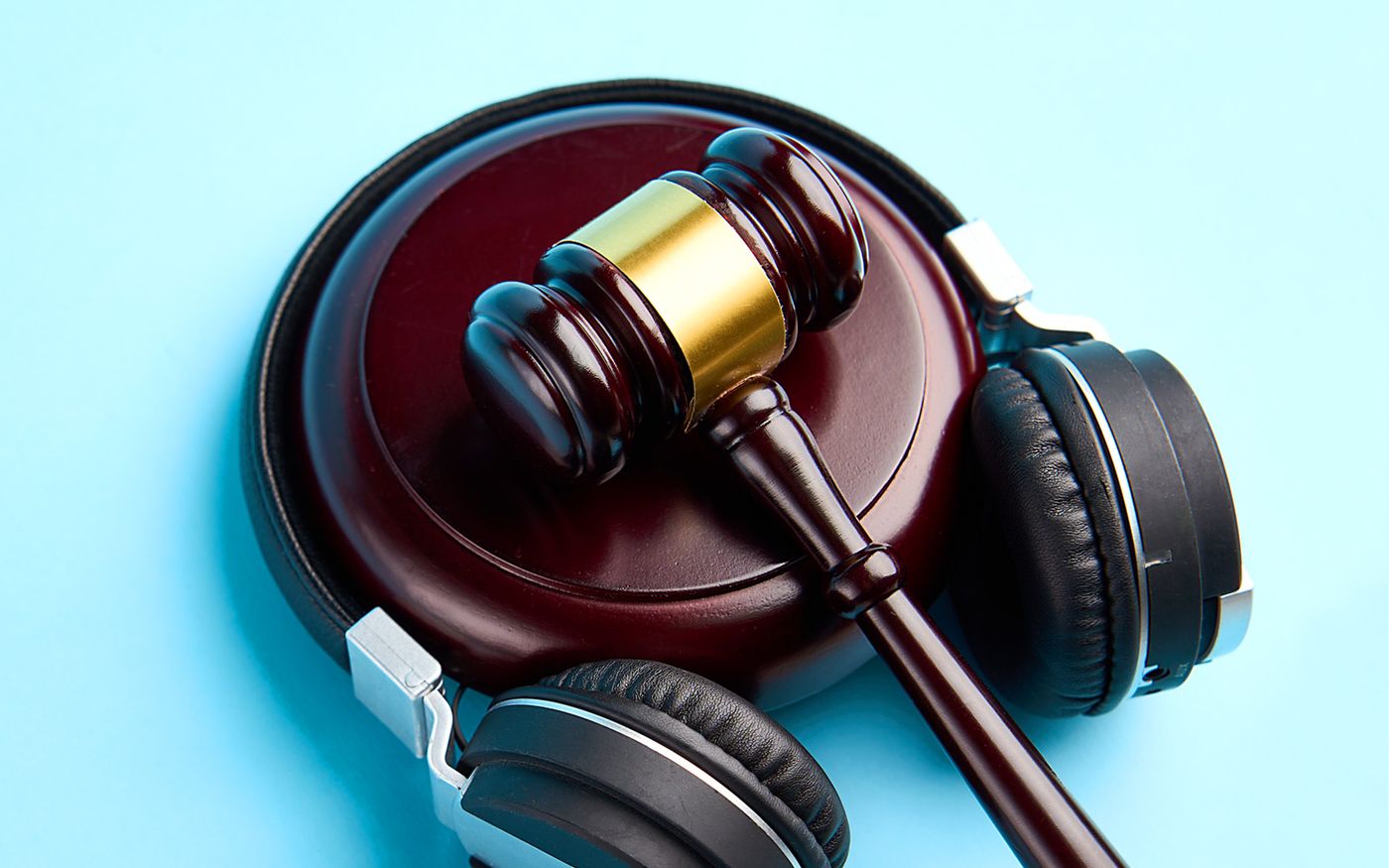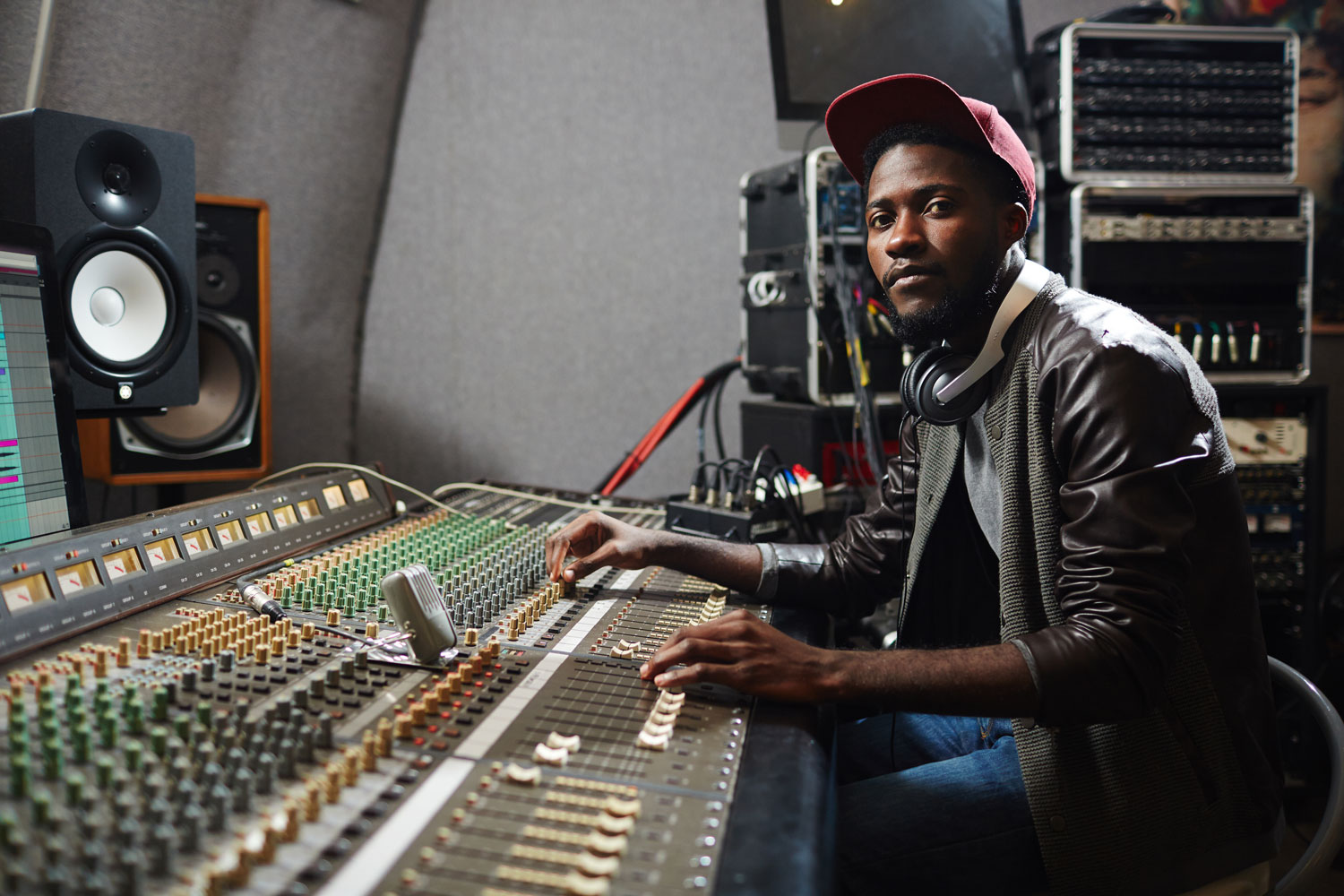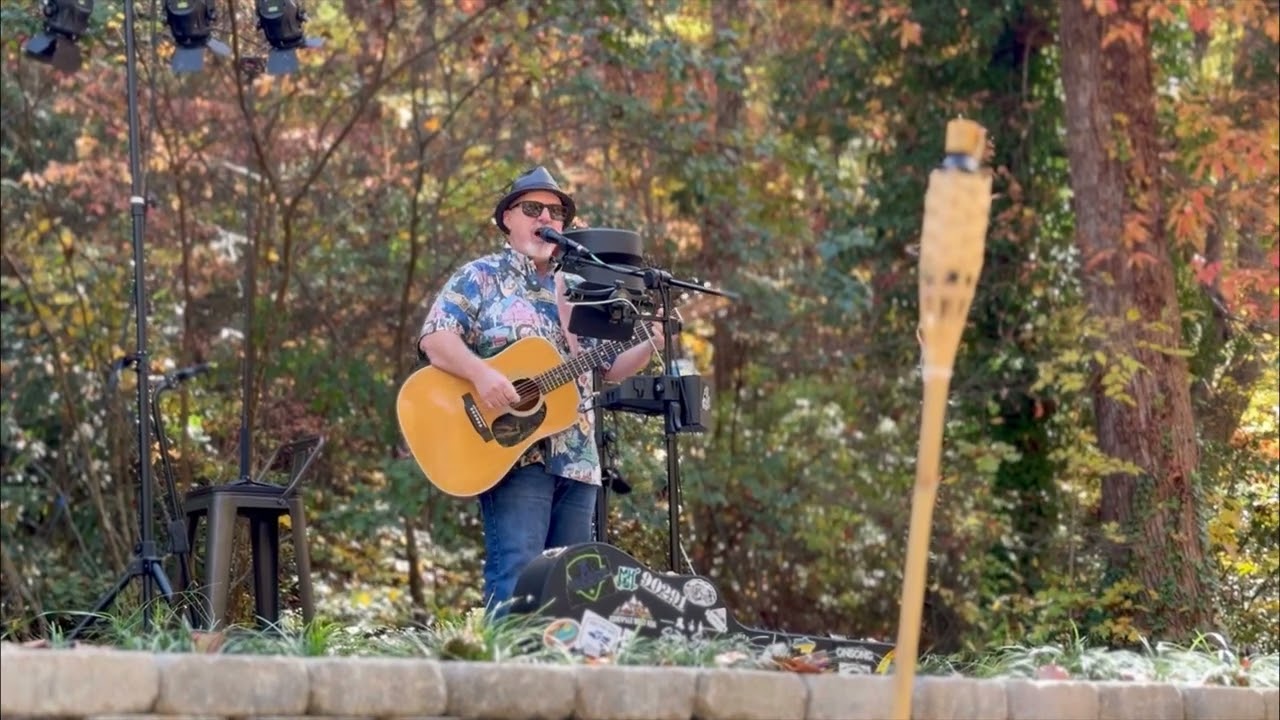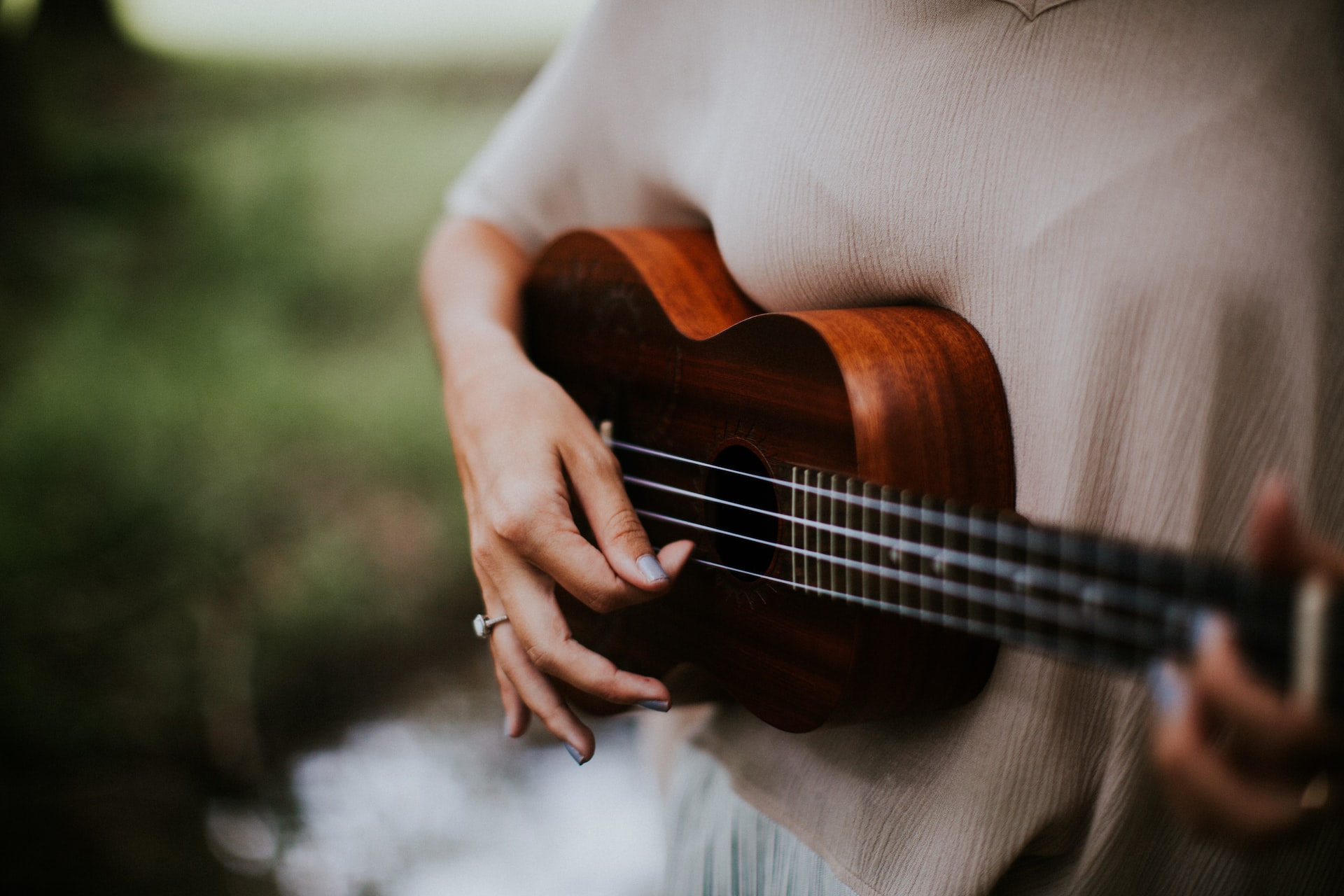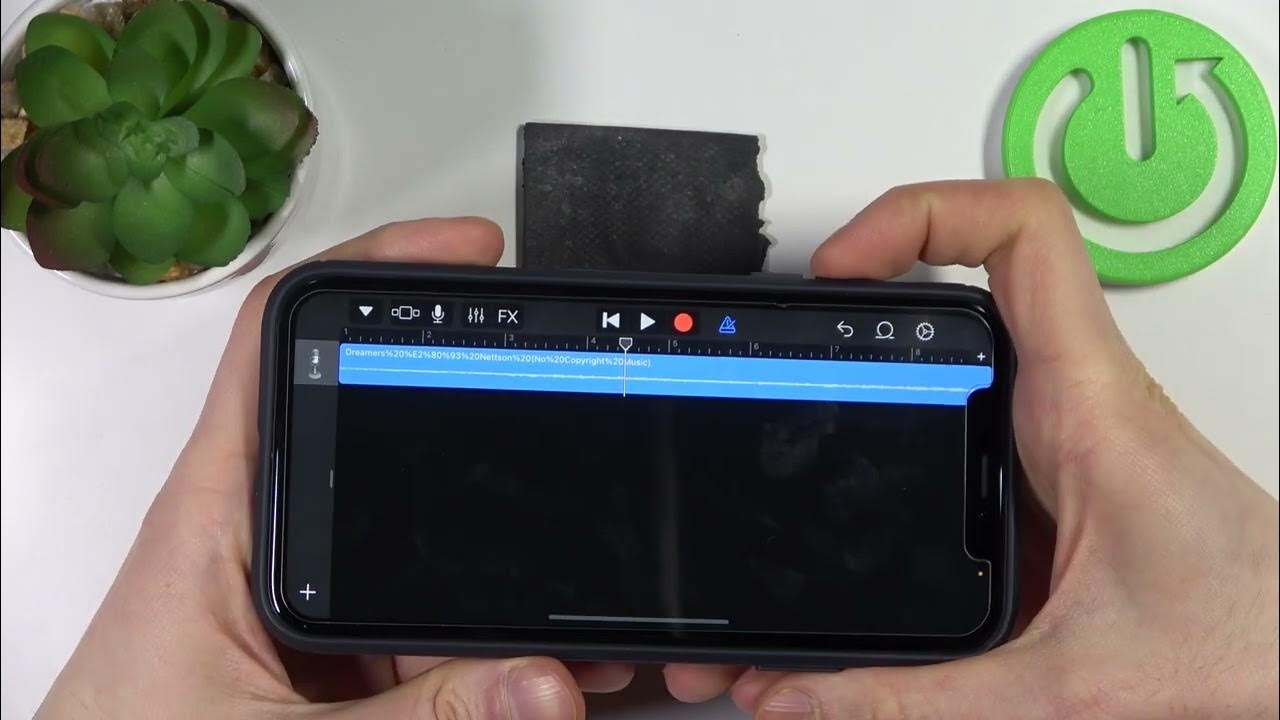Home>Production & Technology>Cover Song>How Does Kelly Clarkson Cover Song Without Copyright


Cover Song
How Does Kelly Clarkson Cover Song Without Copyright
Modified: January 22, 2024
Discover how Kelly Clarkson covers songs without copyright, ensuring her unique take on popular tracks while avoiding legal issues. Learn the secrets behind her successful cover songs.
(Many of the links in this article redirect to a specific reviewed product. Your purchase of these products through affiliate links helps to generate commission for AudioLover.com, at no extra cost. Learn more)
Table of Contents
Introduction
When it comes to music, there is something incredibly special about a cover song. It allows artists to pay homage to their musical influences, reinterpret a beloved tune, or breathe new life into a classic track. However, the process of covering a song involves more than just selecting a tune and performing it. There are copyright laws and permissions that artists must navigate to ensure they are within legal boundaries.
In the world of cover songs, Kelly Clarkson has made a name for herself with her powerful and emotive renditions. From taking on iconic hits on her television show “The Kelly Clarkson Show” to releasing covers on her albums, Clarkson’s approach to covering songs has captivated audiences worldwide.
In this article, we will explore the intricacies of covering songs and how artists like Kelly Clarkson navigate the world of copyright laws to bring their unique interpretations to the public. We will delve into the processes of securing permissions and licenses, as well as the concept of transformative use and fair use. Additionally, we will examine the impact of digital rights management and streaming services on the cover song industry.
By the end of this article, you will have a deeper understanding of the complexities surrounding cover songs and how artists like Kelly Clarkson continue to bring their own artistic flair to the music industry while respecting copyright laws.
Understanding Copyright Laws
Before diving into the world of cover songs, it is important to have a clear understanding of copyright laws. Copyright is a legal framework that grants exclusive rights to the original creators of various works, including music, films, literature, and more. These rights allow creators to control how their work is used and distributed, including the right to make copies, create derivative works, and perform or display their work publicly.
When it comes to covering songs, copyright laws come into play. A cover song is a new performance or recording of a previously recorded song by someone other than the original artist. While it may seem like a simple act of interpretation, covering a song actually requires permission from the copyright holder, who is typically the songwriter or their publisher.
Securing permission to cover a song involves obtaining what is known as a mechanical license. This license grants the right to reproduce and distribute a copyrighted musical composition. Without a mechanical license, recording and distributing a cover song can be considered copyright infringement, which can result in legal consequences.
It is essential for artists like Kelly Clarkson to be well-versed in copyright laws and to ensure they are in compliance when covering songs. This not only protects the original creators’ intellectual property rights but also ensures that artists can continue to share their interpretations and pay homage to the songs that have influenced them.
In the next section, we will take a closer look at Kelly Clarkson’s approach to covering songs and how she navigates the complex world of securing permissions and licenses.
Kelly Clarkson’s Approach to Covering Songs
Kelly Clarkson has established herself as a powerhouse vocalist and a masterful interpreter of songs. Through her various platforms, including her television show “The Kelly Clarkson Show” and her albums, Clarkson has showcased her ability to breathe new life into existing songs.
One notable aspect of Clarkson’s approach to covering songs is her ability to infuse them with her unique style and emotional depth. She brings her own interpretation and personal connection to each song she covers, making it a truly authentic and heartfelt rendition. Whether it’s a ballad or an upbeat track, Clarkson has a knack for capturing the essence of the original song while adding her own artistic flair.
Clarkson’s versatility as a performer allows her to tackle a wide range of genres and artists. From iconic pop hits to soulful classics, she has covered songs by artists such as Dolly Parton, Aretha Franklin, and Prince. Each cover demonstrates her ability to adapt her vocal range and delivery to suit the style of the original song, while still making it uniquely her own.
Another aspect of Clarkson’s approach to covering songs is her ability to create intimate and authentic performances. Whether she is performing on her television show or in a live setting, her genuine passion for music is palpable. This connection with the audience allows her to convey the emotion and meaning behind each song she covers, making it a captivating and memorable experience for both herself and her listeners.
In addition to her television show performances, Clarkson has also released cover songs on her albums, paying homage to the artists who have influenced her musical journey. These covers serve as a testament to her artistry and her ability to connect with listeners through her interpretation of beloved songs.
Overall, Kelly Clarkson’s approach to covering songs is marked by her ability to infuse her own style and emotion into each performance. Her versatility, authenticity, and genuine passion for music make her interpretations of cover songs memorable and enjoyable for both her dedicated fanbase and new listeners alike.
Next, we will explore the process of securing permissions and licenses for cover songs, a crucial step in the world of copyright compliance.
Securing Permissions and Licenses
When it comes to covering songs, artists like Kelly Clarkson must navigate the process of securing permissions and licenses to ensure they are within legal boundaries. This involves obtaining a mechanical license, which grants the right to reproduce and distribute a copyrighted musical composition.
The first step in securing permissions and licenses is identifying the copyright holder. This is typically the songwriter or their publisher. Artists often reach out to the copyright holder or their representatives to request a mechanical license. In some cases, there are music licensing agencies or online platforms that facilitate the process of obtaining these licenses.
Once the copyright holder is identified, negotiations may take place regarding the terms and conditions of the mechanical license. This includes discussing the royalty rates, the number of copies permitted, and the distribution channels. It is important to note that the terms and conditions can vary depending on the specific licensing agreements.
Alternatively, artists may choose to work with a music cover licensing service, which simplifies the process by offering pre-negotiated licensing agreements. These services often have catalogs of pre-cleared songs, making it easier for artists to obtain the necessary permissions and licenses quickly and efficiently.
Securing licenses and permissions is crucial to ensure that artists can legally release and distribute their cover songs without infringing upon the rights of the original songwriters and publishers. It also ensures that the proper royalties are paid to the copyright holders for the use of their compositions.
While securing permissions and licenses can be a complex and time-consuming process, it is an essential step for artists like Kelly Clarkson to maintain integrity and respect for copyright laws.
In the next section, we will explore an alternative route that artists can take when it comes to covering songs: utilizing public domain songs.
Utilizing Public Domain Songs
When it comes to covering songs, artists like Kelly Clarkson have the option of utilizing public domain songs. Public domain songs are those that are no longer protected by copyright and can be freely used by anyone. These songs have either entered the public domain due to their age, or the copyright may have expired.
Utilizing public domain songs offers artists a way to cover and reinterpret classic tunes without the need for obtaining permissions or licenses. Artists can freely record, perform, and distribute these songs without infringing upon the rights of the original creators.
There are countless public domain songs available from various genres and time periods. These songs have stood the test of time and hold a special place in musical history. By choosing to cover public domain songs, artists like Kelly Clarkson can pay homage to the past while putting their own unique spin on the timeless melodies and lyrics.
Public domain songs also provide an opportunity for artists to showcase their creativity and musicality. Without the confines of restrictive copyright laws, artists can experiment with different arrangements, styles, and interpretations of these classic compositions. This allows them to put their own artistic stamp on the songs and make them contemporary and relevant to today’s audience.
It is important to note, however, that while the songs themselves may be in the public domain, specific arrangements or recordings of those songs may still be protected by copyright. In these cases, artists would need to secure the necessary permissions or licenses to use those particular renditions.
Utilizing public domain songs not only offers a creative outlet for artists but also allows them to connect with audiences through familiar and beloved tunes. Additionally, it provides an opportunity to introduce younger generations to the rich musical heritage of the past.
In the following section, we will delve into another important aspect of covering songs: the concept of transformative use and fair use.
Transformative Use and Fair Use
When it comes to covering songs, artists like Kelly Clarkson may also consider the concepts of transformative use and fair use. These legal doctrines provide some flexibility in using copyrighted material without obtaining explicit permissions or licenses.
Transformative use refers to the act of taking existing copyrighted material and transforming it into something new, offering a fresh perspective or adding new creative elements. When covering a song, artists can argue that their interpretation and performance of the song are transformative, as they bring their own unique style, voice, and emotion to the original composition.
Fair use is another legal doctrine that allows for the limited use of copyrighted material without seeking permission from the copyright holder. Fair use usually applies in cases where the use of the copyrighted material serves a transformative, educational, or commentary purpose. In the context of covering songs, fair use might apply if the artist’s rendition of the song serves as a critique, parody, or commentary on the original work.
It is important to note that the transformative use and fair use doctrines are subject to interpretation and evaluation on a case-by-case basis. The courts consider various factors, including the purpose and character of the use, the nature of the copyrighted work, the amount and substantiality of the portion used, and the effect on the market for the original work.
While transformative use and fair use can provide some flexibility, it is important for artists to proceed with caution and seek legal advice if they believe their use of copyrighted material falls under these doctrines. The interpretation and application of these concepts can be complex, and artists should ensure they are within legal boundaries before releasing and distributing their cover songs.
In the next section, we will explore the impact of digital rights management and streaming services on the cover song industry.
Digital Rights Management and Streaming Services
In the digital era, the landscape of the music industry has been greatly influenced by digital rights management (DRM) and the rise of streaming services. These advancements have had a significant impact on the cover song industry, including the distribution and licensing process.
Digital rights management refers to the techniques and technologies used to manage and protect copyrighted digital content. It allows artists and copyright holders to control the usage of their music, including cover songs, in the digital realm. DRM ensures that artists’ rights are protected, and proper licenses are obtained for the use of their work.
Streaming services, such as Spotify, Apple Music, and YouTube Music, have become the primary platforms for music consumption. These services offer artists the opportunity to reach a vast audience and distribute their cover songs on a global scale. However, they also play a crucial role in ensuring proper licensing and copyright compliance.
Streaming services often have agreements in place with performance rights organizations (PROs) and licensing agencies to manage the licensing and payments for cover songs. This ensures that artists, including those like Kelly Clarkson, receive the appropriate royalties for their cover song performances. These platforms have implemented sophisticated algorithms and systems that track the usage and distribution of copyrighted material, including cover songs.
For artists, utilizing streaming services can simplify the process of distributing cover songs while ensuring compliance with copyright laws. Artists can upload their covers to these platforms, and the necessary royalties and licensing fees are often taken care of by the platform itself.
It is important for artists to understand the terms and conditions of each streaming service and to ensure they have the necessary permissions and licenses in place before uploading their cover songs. Some streaming services may require artists to go through specific channels or partner with established distributors to ensure proper licensing and compliance.
In summary, digital rights management and streaming services have reshaped the cover song industry in significant ways. These advancements offer artists a global platform to showcase their cover songs while providing a streamlined process for licensing and distribution. Artists must stay informed about the specific requirements and guidelines of streaming services to ensure they can share their cover songs with audiences while respecting copyright laws.
Finally, let’s conclude our exploration of cover songs and the impact they have on both artists and the music industry as a whole.
Conclusion
Cover songs hold a special place in the music industry, allowing artists like Kelly Clarkson to pay tribute to their musical influences, reinterpret beloved tunes, and connect with audiences on a deeper level. However, the process of covering songs involves navigating the complexities of copyright laws and securing necessary permissions and licenses. It is essential for artists to understand and abide by these laws to ensure they are within legal boundaries while sharing their artistic interpretations.
Throughout this article, we explored how Kelly Clarkson approaches covering songs, infusing them with her unique style and emotional depth. Her ability to bring authenticity and personal connection to each performance has captivated audiences worldwide.
We also discussed the importance of securing permissions and licenses when covering songs. This involves obtaining mechanical licenses and negotiating terms with copyright holders. Alternatively, artists can utilize public domain songs, which do not require permissions or licenses, to explore classic tunes freely.
Furthermore, we examined the concepts of transformative use and fair use, which provide some flexibility when using copyrighted material. Artists can argue that their cover songs are transformative and serve a creative purpose or commentary on the original work.
Additionally, we explored the impact of digital rights management and streaming services on the cover song industry. These platforms offer global reach and simplify the distribution process, while also ensuring proper licensing and royalty payments for artists.
In conclusion, cover songs allow artists to showcase their artistic interpretations and connect with listeners through familiar tunes. However, it is crucial for artists like Kelly Clarkson to navigate the legal aspects of copyright and licensing to respect the rights of the original creators. By understanding and complying with copyright laws, artists can continue to bring their unique flair to the cover song landscape while acknowledging the influence and impact of those who came before them.

